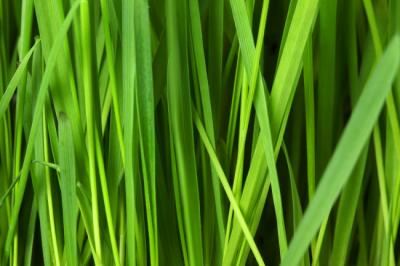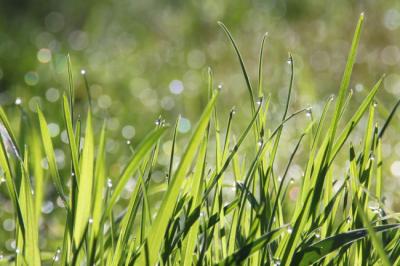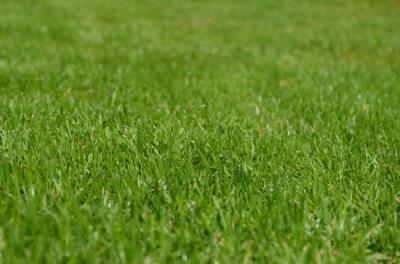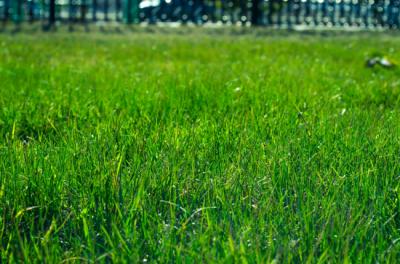Tips For Your Lawn Care
1. Rake the Leaves
Use a standard rake and make small piles of leaves all around your yard. Leaving small piles of leaves is easier to pick up later and clean the lawn entirely. Leaves block moisture and prevent the sunlight from reaching to the grass. If you don’t keep raking the leaves, your grass will be dead when spring arrives and it will be difficult to re grow.
2. Loosen the Soil
You must keep your lawn well aerated and soil well loosened to avoid the growing of thatch which is a thick layer of roots, stems and debris that blocks sunlight, nutrients and moisture from reaching to your lawn’s grass. You can use an aerator to poke holes all over your lawn to provide proper aeration to the roots. Aeration is also a very important step before fertilizing your lawn.
3. Add Fertilizer
The grass roots need fertilizer as well, to last those winter months. A late fall application of fertilizer will surely give your grass the energy it needs to bounce back in the coming spring into its healthy and vibrant form. Fertilizer aids in root growth, disease protection, drought and cold tolerance.
4. Watering your Lawn
Most of the people commit the mistake of giving up watering during cold months and thinking that nature itself will take care of it. There is no doubt there is more dew, more rain and less evaporation during this time of the year, but these factors might not be enough to keep the grass roots hydrated. If your lawn is not getting simply an inch of water during the week, you can keep track of it using a rain gauge, but you better keep the sprinklers going on. After October however, you should disconnect the hoses to avoid frozen pipes.
5. Keep Cutting Grass to Correct Height
Your lawn grass will keep growing until the first hard snow, so it’s not time to stow away your lawn mower yet. You must keep your grass cut to an ideal 2.5 to 3 inches high. If you let your grass go too long, it might attract the growth of fungi. On the contrary, cutting the grass too short is also a bad idea as it curtails the root system and wreak havoc the lawn’s ability to withstand cold and dryness during winter season. Regular mowing also turns those pesky leaves into much needed mulch that fertilizes your lawn.






